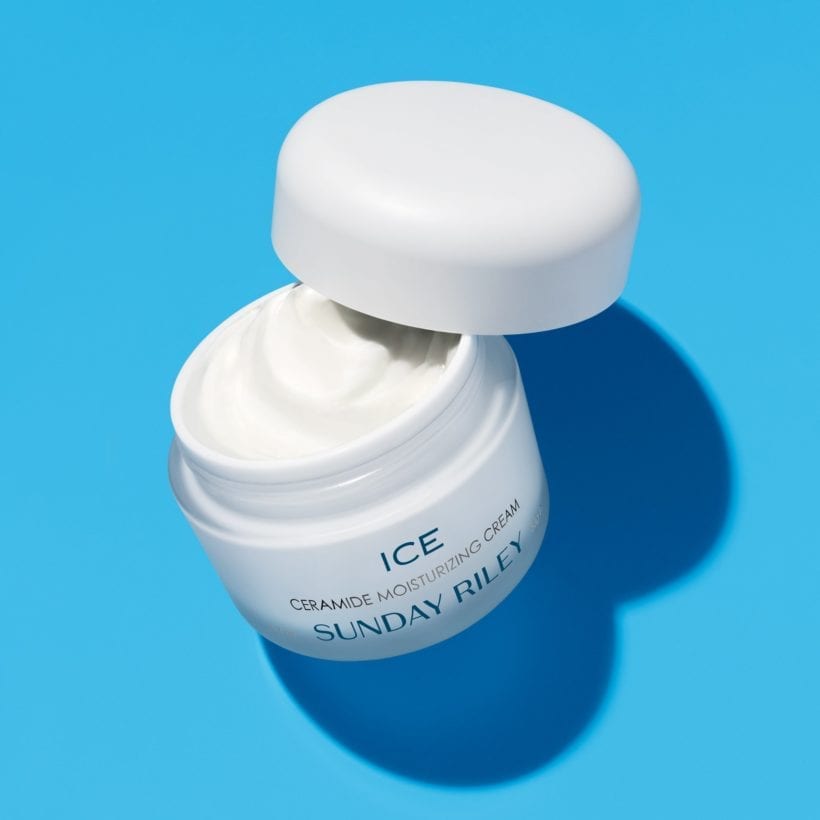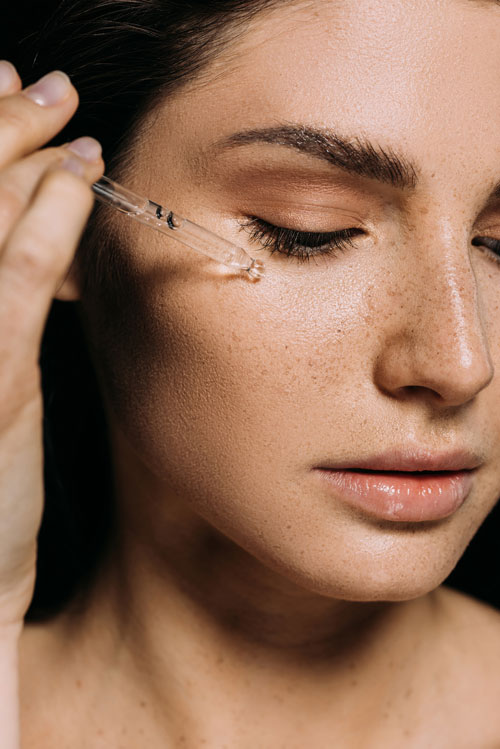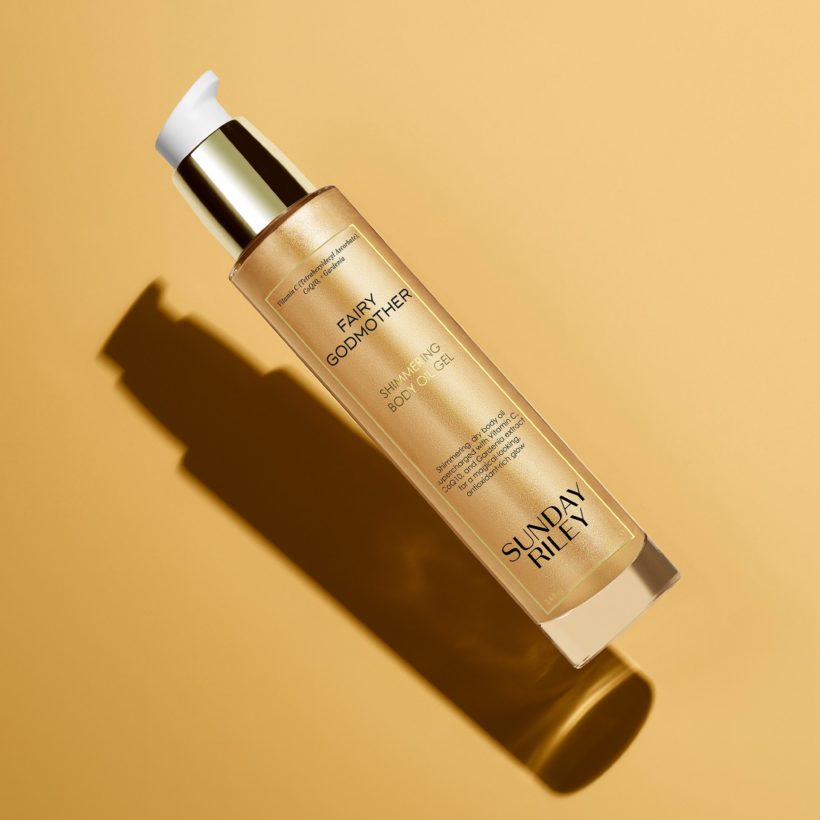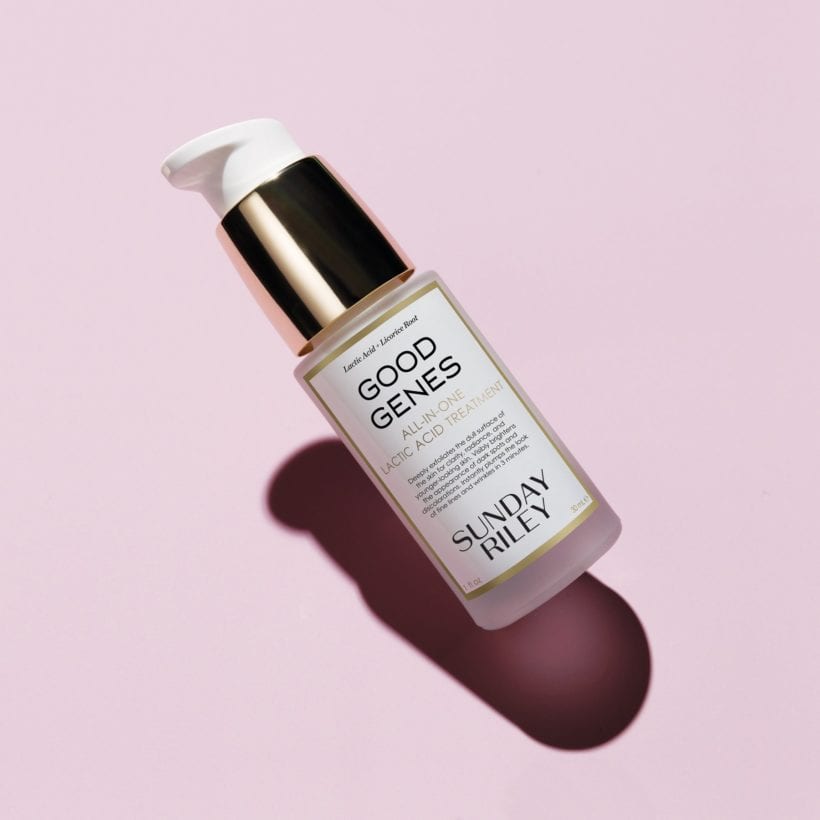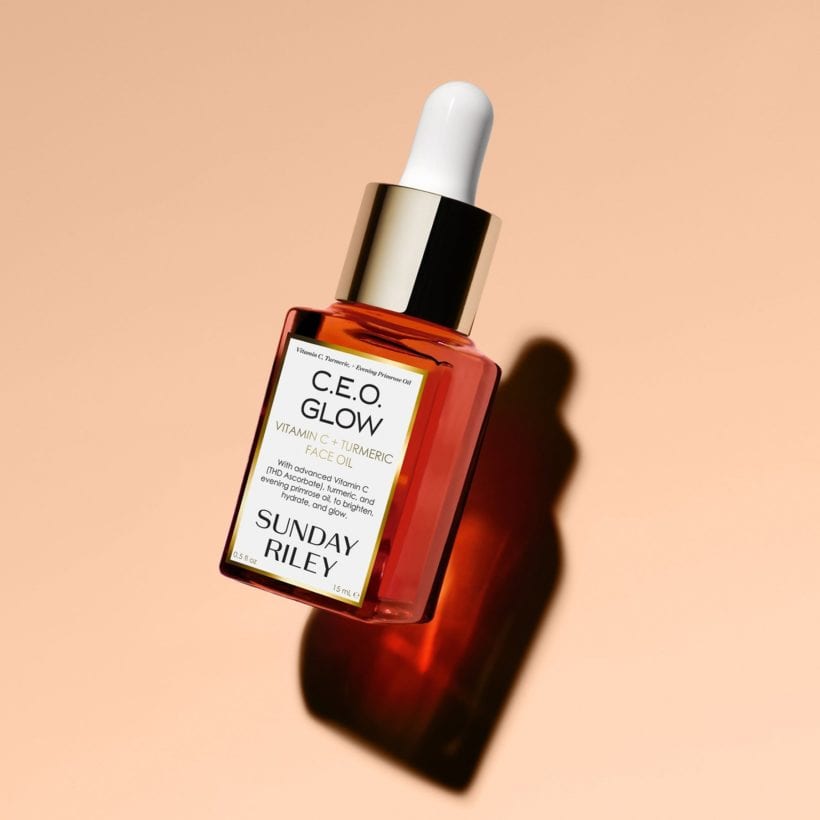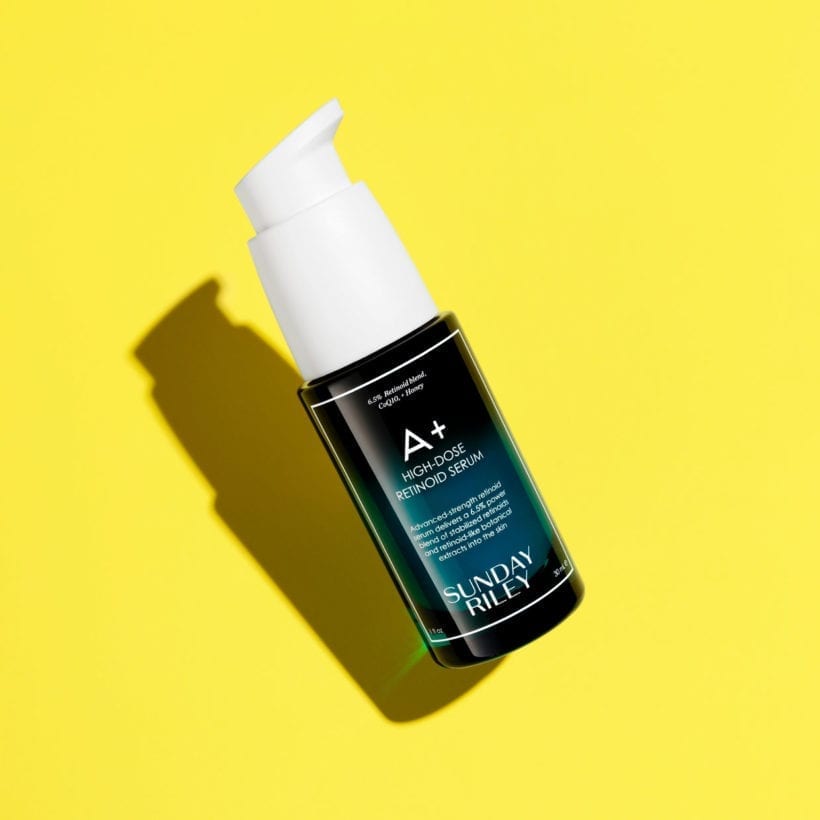You wait all year to bask in that sweet summer sunshine — and for a few solid months, your skin is downright dewy. Then fall rolls around, and all that radiance is replaced with a dull, flaky reminder of your skin’s former glory — even though your skincare routine remained the same. Or maybe because it did.
Fall is a time of change: things get cooler, drier, and a little windier. These environmental switcheroos can take a toll on unprepared skin. That’s why skincare professionals see an uptick in visits around the changing seasons.
“Most clients come in complaining about their moisturizer no longer working. I remind them that it is not their moisturizer but rather the change in temperature and humidity,” notes aesthetician and dermatological nurse Natalie Aguilar.
Nurse practitioner Nicole Frontera says the issues she sees most in her NYC office tend to be “dryness and clogged pores due to excessive exposure to the sun’s UV rays and constant application of sunscreen.” And then there’s the sun damage. “Post-summer, many people also notice brown spots and worsening hyperpigmentation as a result of increased sun exposure,” dermatologist Marisa Garshick shares.
It’s a lot, but it’s nothing you can’t handle with a little rejiggering of your fall skincare hygiene. We asked our experts to help us achieve a smooth transition.
Meet the Experts
Natalie Aguilar is a celebrity aesthetician and dermatological nurse.
Nicole Frontera is a nurse practitioner.
Marisa Garshick, MD, FAAD is a leading board-certified dermatologist at MDCS Dermatology: Medical Dermatology & Cosmetic Surgery.
Hydrate from the Inside
Maintaining a healthy complexion is largely an inside job. “The best way to combat tight and dehydrated skin during the fall and winter is to maintain internal hydration,” says Aguilar. “Most of us don’t get as thirsty in cool weather, so it’s important to hydrate by not only drinking water but quality water with electrolytes.” Electrolyte water is infused with minerals that use electrical charges to maintain a fluid balance in your body, among other important functions.
Aguilar also recommends taking an omega supplement. “For your skin to maintain hydration it needs essential fatty acids, fats our body does not make but rather relies on our diet,” she says. She recommends that you consider taking a daily dose of Forest Remedies, a vegan (read: no fish burps) supplement, and giving it about a month before you see improvements.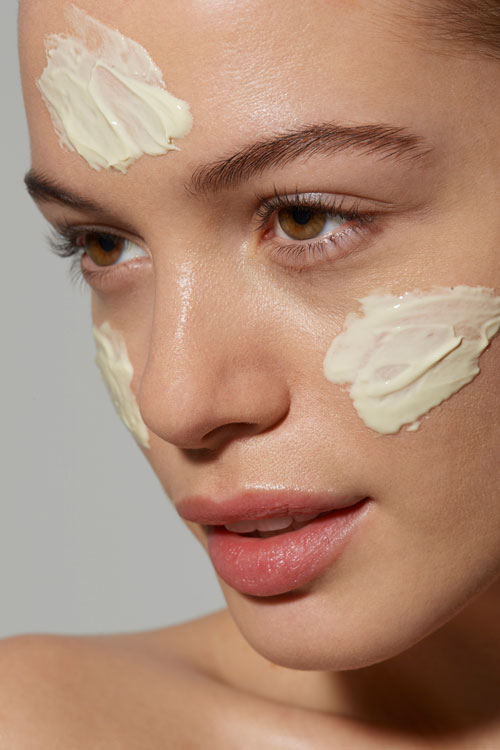
Invest in a Thicker Moisturizer
“Wearing a thicker face cream can help soothe uncomfortable dry skin, as thicker creams form an occlusive protective barrier,” says Aguilar. She suggests creams that are rich in ceramides and lipids. “They’re your best friends when it comes to caring for your skin during fall and winter months.”
Garshick echoes this sentiment, emphasizing that key ingredients are necessary to support the skin barrier to help prevent moisture loss in the fall. This includes ceramides, as found in Sunday Riley ICE Ceramide Moisturizing Cream, which protects against environmental stressors, locks in moisture, and strengthens the skin barrier.
And don’t forget lipids: “Supplementing your skincare routine with a hydrating serum also helps,” advises Aguilar. Sunday Riley C.E.O. 15% Vitamin C Brightening Serum is an expert at improving the bounce and plumpness of your skin. Saccharide Isomerate extract blurs out the appearance of pores and strengthens your skin’s moisture barrier.
But, don’t moisturize too much. “I always warn my clients about excessively moisturizing during the winter,” says Frontera. “You might think that you’re doing your skin a favor, but the excess external moisture on the outer layer of your skin won’t allow your deeper layer to produce collagen and elastin needed to keep your skin supple and hydrated during the harsh winter months.”
Layer on the Hyaluronic Acid
Speaking of key ingredients, there’s one that’s practically synonymous with hydration: hyaluronic acid. Despite its misleading name, it’s so gentle you don’t have to worry about over-applying. Consider it your secret weapon against Autumn’s dry spell.
“Hyaluronic acid products are great to retain internal skin moisture,” says Frontera. The Ordinary’s stripped-down Hyaluronic Acid 2% + B5 Hydrating Serum is also a heavy-hitter and one of Sephora’s top-sellers. Use it alone or mix it into your moisturizer — hyaluronic acid binds water to collagen and traps moisture under your skin to restore youthful plumpness almost instantly.
Stop Taking Hot Showers
“Yes, it feels good, and there is nothing like a hot shower to warm your body up during cold months. But hot water depletes your skin of natural moisture,” warns Aguilar. “To prevent trans epidermal water loss, you can cut hot water showers out, lower the time spent in a hot shower or lather in body oil or cream to create a protective barrier while you shower. Then follow with another layer of body cream or body oil when out of the shower.”
Or if you’d rather go oil-free, opt for Garshick’s advice: just stick with lukewarm water. You don’t have to ice yourself out — however if you can tolerate a cold shower, it can work wonders on dry, fall skin.
Douse Yourself in Hydrating Oils
Aquilar may be a proponent of oils to treat dry fall skin, but it has to be the right oils. “Some essential oils happen to be seasonal,” she says. “All of a sudden in the fall, everything is drenched in peppermint, cinnamon, pumpkin, clove and pine oils. Most of these products happen to be very irritating despite the cool-tingly feeling. They often cause irritation and cracked skin.”
Hydrating oils are a different story. Sunday Riley Fairy Godmother Shimmering Body Oil is a great pick both before and after your shower, as it’s packed with vitamin C and antioxidants, like youth-enhancing CoQ10, which help your skin pull in moisture.
Start to Reverse Your Sun Damage
Ah, and let’s not forget about the sun damage you sustained all summer — not the least of which are those sun spots Garshick warned about. Your summer-to-fall transition skincare routine should focus on ingredients that rejuvenate and brighten your skin. Think: antioxidants, gentle chemical acids, and retinoids.
Sunday Riley Good Genes Lactic Acid Treatment is a great place to start. It’s a targeted, gently exfoliating treatment that instantly improves your skin radiance and over time reduces the look of dark spots and hyperpigmentation. Sunday Riley C.E.O. Vitamin C and Turmeric Face Oil is filled with vitamins and antioxidants that restore suppleness and protect skin from further damage. And remember to continue wearing your SPF all year long.
Frontera is also a big proponent of retinol, too. “I always recommend incorporating retinol into your fall/winter skincare routine. It will help generate more cell turnover and maintain the skin’s metabolism,” she says. Get your daily fix with Sunday Riley A+ High-Dose Retinoid Serum, which also features COQ10 to help reverse signs of UV-induced aging.
To really polish things off and put your best face forward this fall, speak with your dermatologist to see if any in-office procedures like peels are appropriate for your skin to tackle sun damage more effectively and efficiently.
We only recommend products we have independently researched, tested, and loved. If you purchase a product found through our links, Sunday Edit may earn an affiliate commission.

